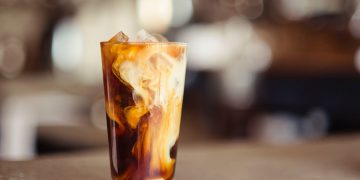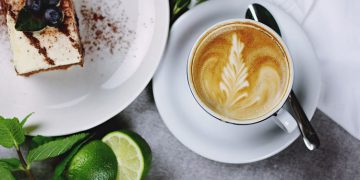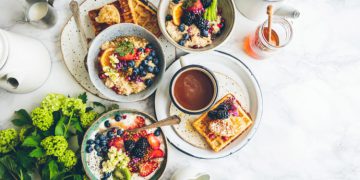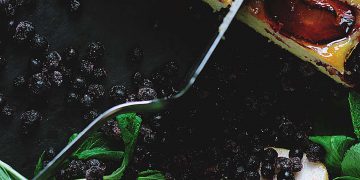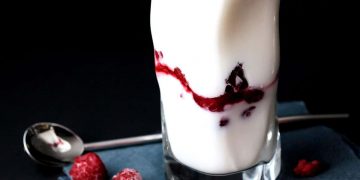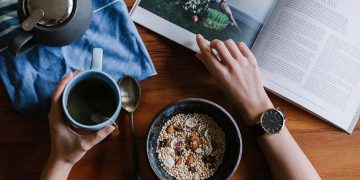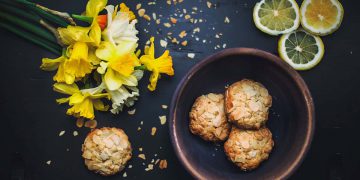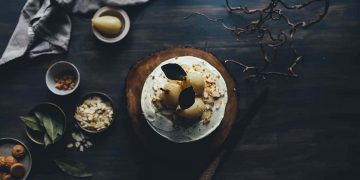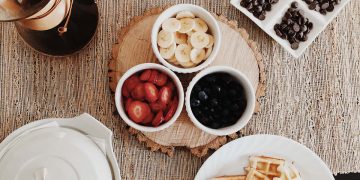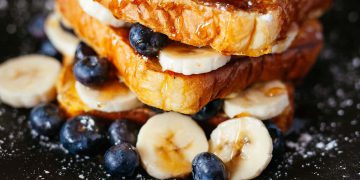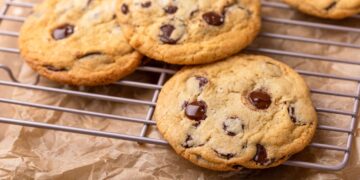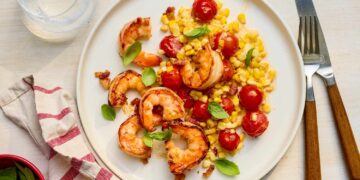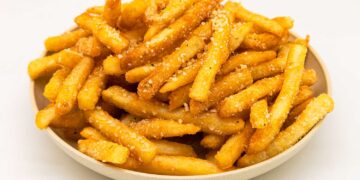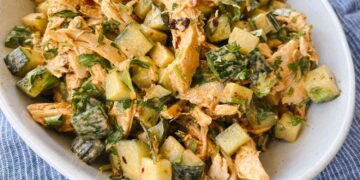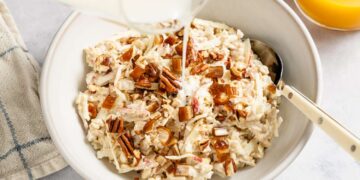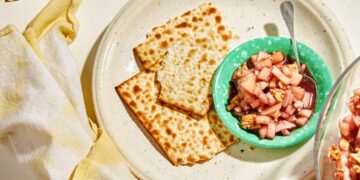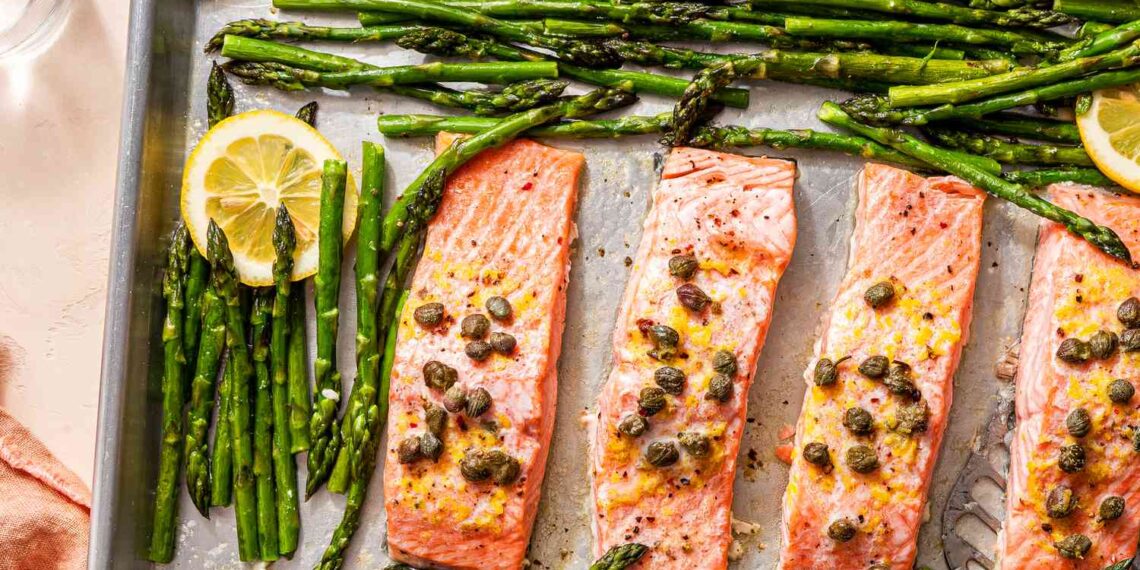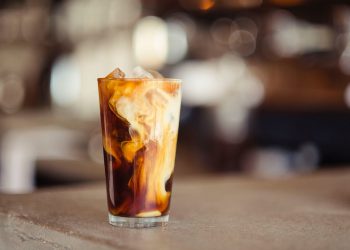
There are few seafood staples as ubiquitous as salmon. And for good reason: It’s mild, versatile, forgiving to cook, and easy to find. As I’ve been exploring a bunch of salmon-related topics recently—including this expert-approved tip for perfectly cooked salmon—I’ve been learning a lot about sourcing salmon, including whether to choose wild or farmed fish. But I realized I’m still a little foggy on which species of salmon is the best to buy.
There are many different varieties of salmon available and, as I’m learning, they shouldn’t all be prepared the same way. Because my favorite way to cook the fish is simply baking it, I consulted with a salmon expert to better understand the best type of salmon for baking. Kita Roberts, founder of Girl Carnivore, a food blog focused on all things protein, talked with me at length about choosing the right salmon for the job. Here’s what she had to say.
Which Species of Salmon is Best for Baking?
First, says Roberts, it’s important to know that Coho, Sockeye, and King salmon species differ in their fat content. “Coho is the leanest, which can make it dry out faster, and King the fattiest,” she explains. “Sockeye is the perfect medium between the two.”
Because Coho dries out faster, she prefers to smoke it or use it in dips. King salmon is luscious but pricey. So Sockeye wins out as best for baking in Roberts’ book because it “doesn’t carry the hefty price tag,” but it still has “a strong, meaty flavor that can handle virtually any flavor profile you throw at it,” she says. “It takes well to almost any seasoning and is forgiving in the oven, making it a perfect choice for anyone looking for easy seafood options.”
Simply Recipes / Getty Images
How To Buy and Cook Sockeye Salmon
When buying Sockeye, Roberts recommends whole, skin-on, center-cut fillets. “Look for wild-caught Alaskan salmon,” she advises. “Copper River salmon is my favorite. And, as they say, ‘the redder, the better.’” Seek out flesh that’s red from edge to edge for the highest quality. And make sure that the fillets have an even thickness. This will ensure your fish, when cooked, is flaky and perfectly pink throughout, without dry spots or sections that are still raw.
As with any species of salmon, or really any fish in general, you’ll want to avoid overcooking it. “I always recommend going by temperature, not time,” says Roberts. “A visual key that your salmon is overcooked is the white liquid that sometimes appears on it, which is the albumin, or protein, cooking.” She bakes her salmon between 375°F and 400°F for just under 20 minutes, or until the internal temp reaches 125°F. If it “flakes apart easily with a fork,” Roberts says, “it’s ready to serve.”
#Salmon #Baking #Expert

